I was in Fort Benton once before, way back in 2001 on my two-week
trip to Montana when I first decided I’d live in the state someday. I recall spending a significant part of a day
in the town along the river and seeing some tourist sights. I also recall being impressed with it but
have to admit that this time around it didn’t look all that familiar to me,
which is consistent with my theory that once your brain gets full older
memories gradually leak out as new ones from more recent experiences are added.
Fort Benton’s claim to fame is being Montana’s oldest town
and one of its most historic, having been as far upriver as steamboats could
travel in the 1800s before such transport was replaced by the railroads and the
town went into a long slumber. The town is as a spot Lewis & Clark passed
on their voyage over of discovery and also where first territorial governor
Thomas Francis Meagher drowned under mysterious circumstances in 1867. Fort Benton is still the county seat of
Chouteau County, one of the largest in Montana.
Near the center of the agricultural
so-called Golden Triangle of north-central Montana, it is often one of the top
wheat-producing counties in the country. To me it also has a true Old West landscape
and feel of Charles M. Russell paintings.
I had the time to spare so devoted a full day to Fort
Benton, more so because it’s pleasant to walk along the river and enjoy the small
town than for significant sites. That said, though, there are three quite good museums
in town, including the reconstruction of Old Fort Benton which includes the
Starr Art Gallery of western art works. The others are the Museum of the Upper
Missouri, the Museum of the Northern Great Plains and Agricultural Center, and
the Upper Missouri Breaks National Monument Interpretive Center. The town’s
riverfront is also lined with several statues of figures important in local
history, including a bicentennial year statue commemorating the Lewis &
Clark expedition. With the current iconoclasm and cultural cleansing going on
nationally, I couldn’t help but wonder if the statue would survive the mobs if
it were located in a bigger city, or if its days may ultimately be numbered for
being politically incorrect in its symbolism of Manifest Destiny or perhaps
Sacajawea’s depiction in it relative to the explorers.
Another of those statues is of Fort Benton’s most famous
citizen. Shep was a sheepdog whose human, a sheepherder in the area, died in
1936. Shep followed his casket to the
train station to be sent back east. Shep then greeted every train entering town
for the next 3 ½ years looking for his master, until he slipped on the tracks
and was killed by a train. Shep is honored not only by a statue in the center
of Fort Benton but also a special grave on a hill overlooking town.
My primary reason for visiting Fort Benton is that it was
the starting point for my Missouri River Breaks canoe trip with Missouri River
Outfitters, the leading outfitter on the river.
The group meeting was in the early evening at the historic Grand Union
Hotel in the center of town, where we were given instructions for the trip and
each issued a night bag and a day bag to pack with what we’d need for the six-day
trip on the river.

 Fort Benton, Montana, United States
Fort Benton, Montana, United States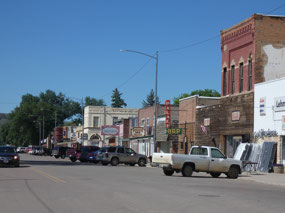


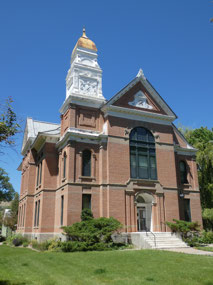
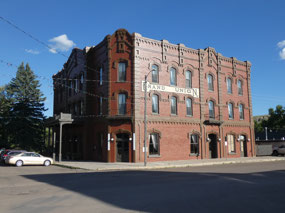
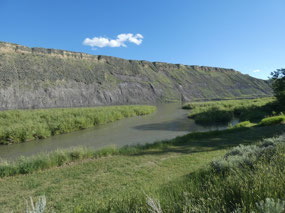
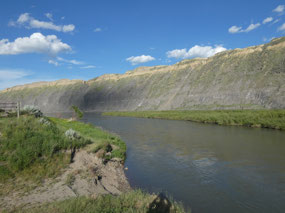



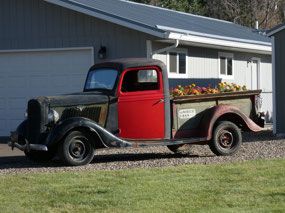

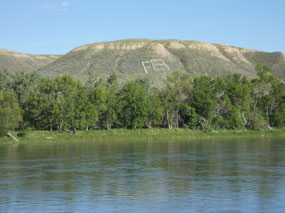
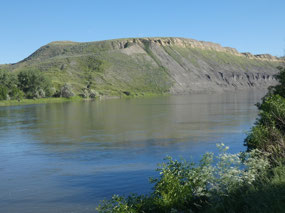
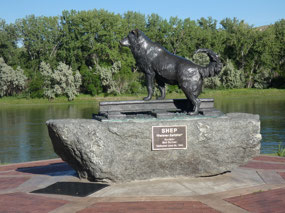

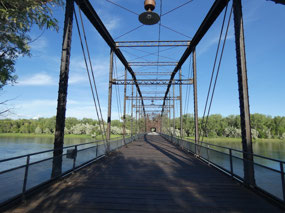
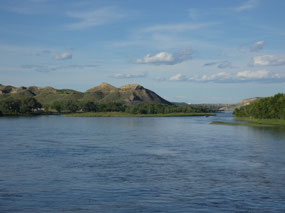
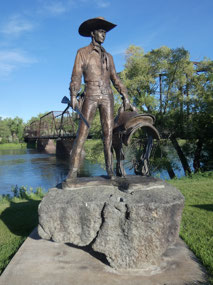


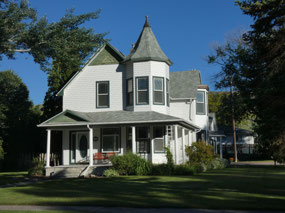
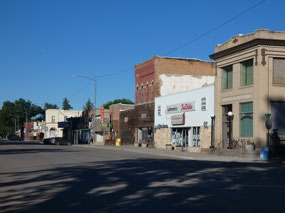
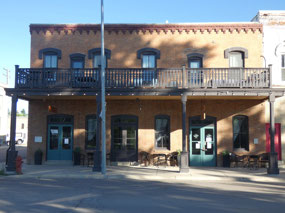
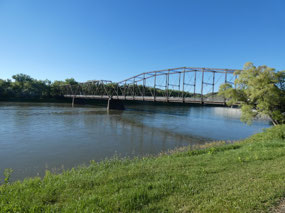
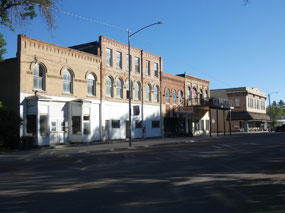

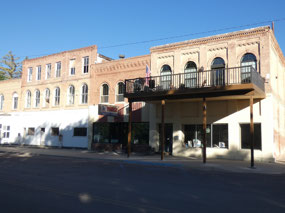
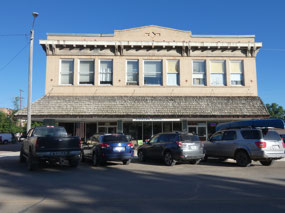

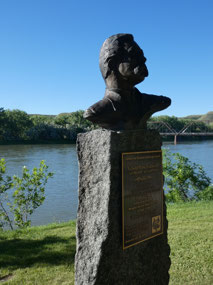
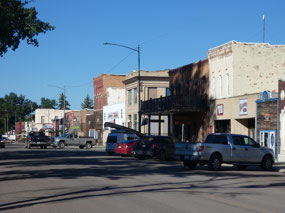

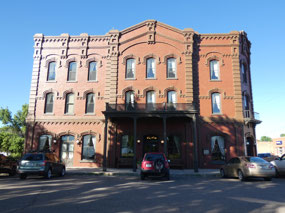
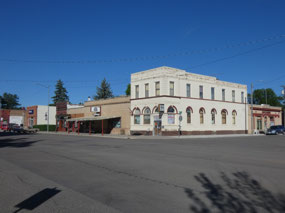
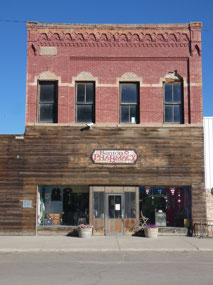
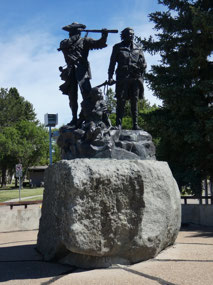
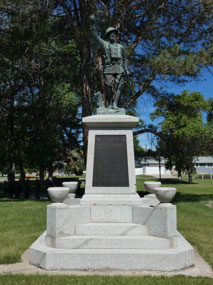
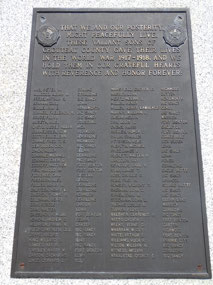
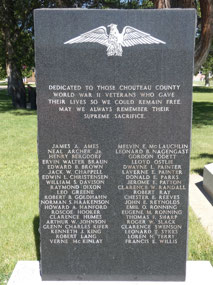
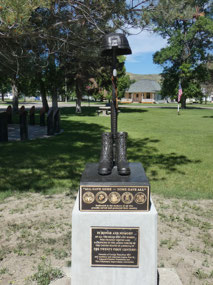
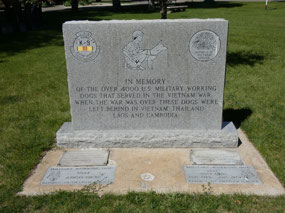
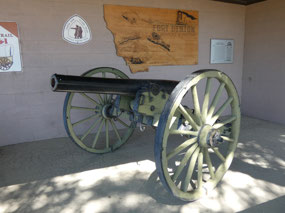
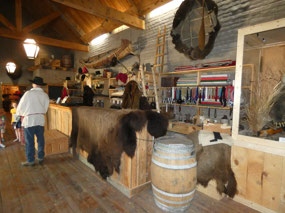

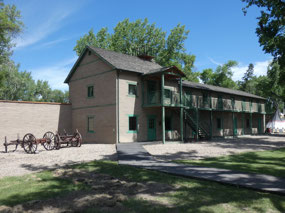

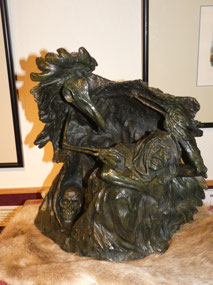
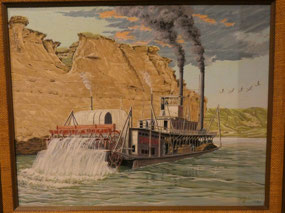

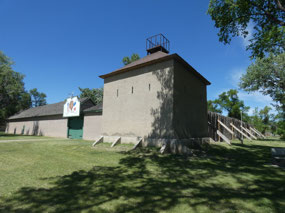
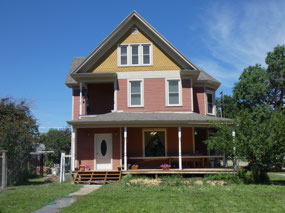

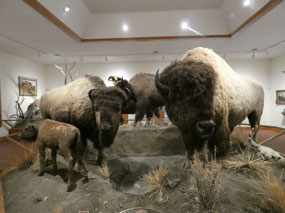
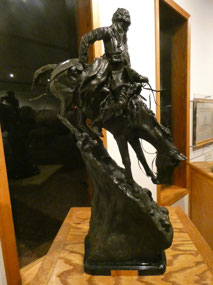
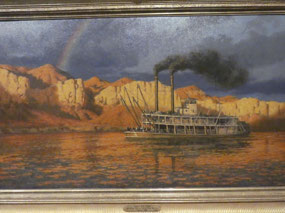
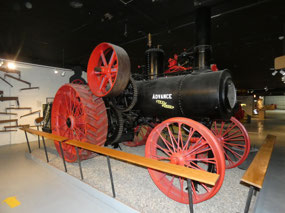
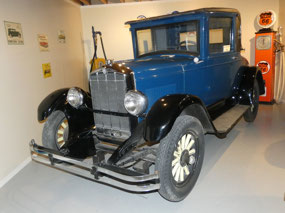
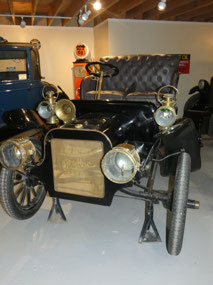
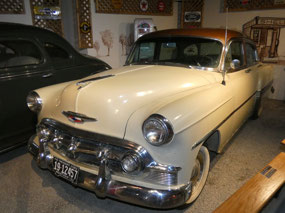
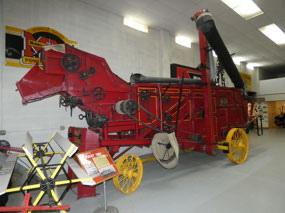
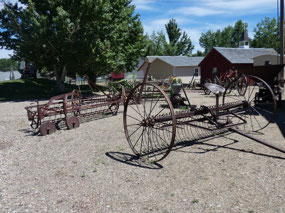
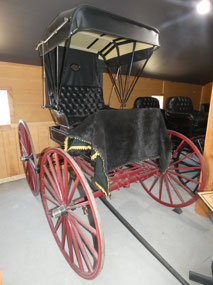
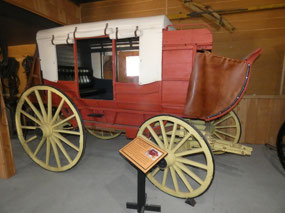
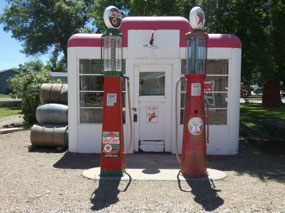

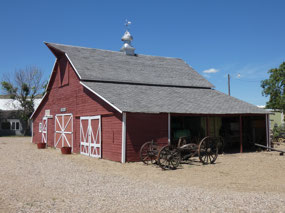
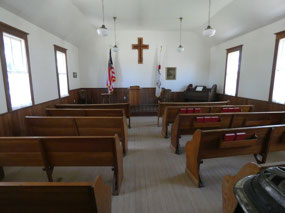
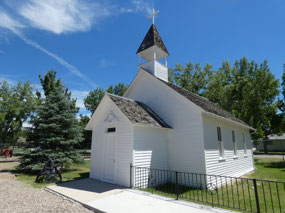
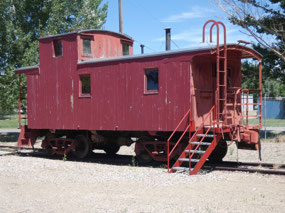
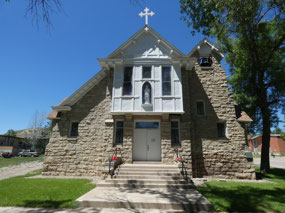
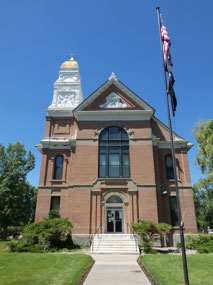
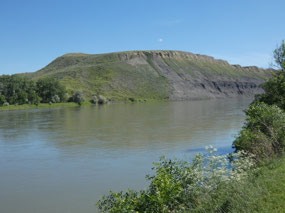
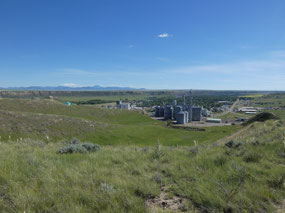

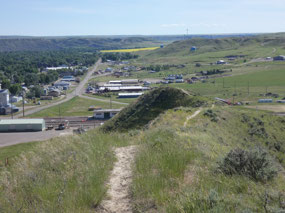
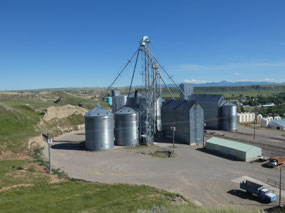
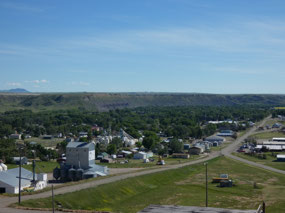
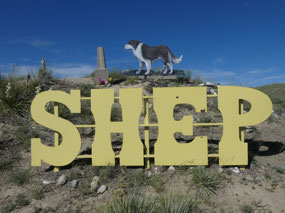
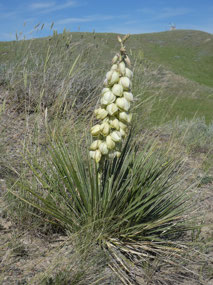

2025-05-22